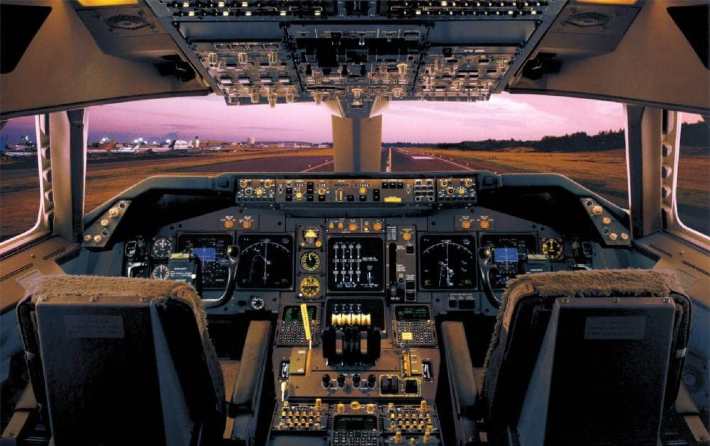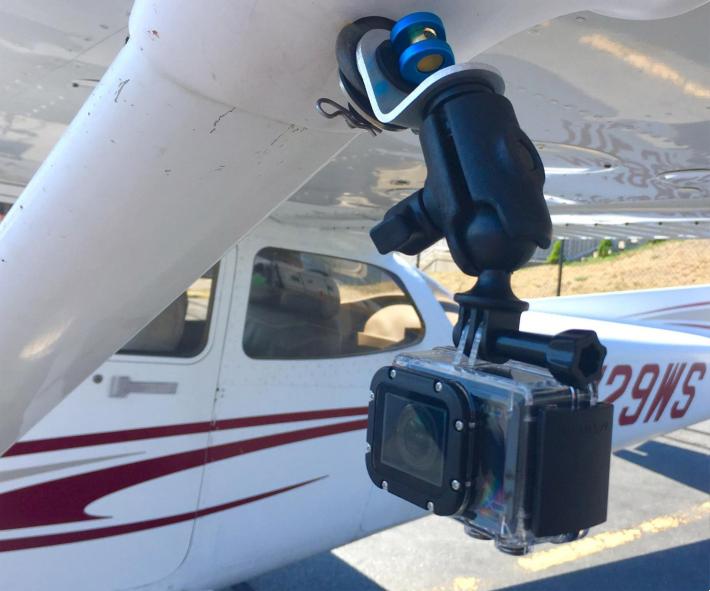When you’re a pilot, there’s nothing more exciting than embarking on your next big flight. That crisp serene view you get to enjoy while flying? Nothing compares to that. And while all that is hugely rewarding and gratifying, it also comes with a lot of responsibility. After all, you’re the main person responsible for the safety of your staff and passengers.
Seeing as we’re all human and prone to mistakes, it can be a little nerve-wracking if you have a perfectionist mentality. But what if you could have the best of both worlds? That is, what if you could have the opportunity to truly enjoy your flight and have a backup plan when things go awry? That’s easy, your best bet would be to install a reliable HD video camera in the cockpit to record your flight. Sounds interesting, right? Here’s what you need to know if you’re looking to install one in your aircraft.

What Are Cockpit Cameras?
In short, cockpit cameras are small gadgets that closely resemble regular cameras. They’re supposed to be installed in the aircraft cockpit to provide that POV angle. Seeing as we’re living in a tech-savvy community, it comes as no surprise that these types of HD cameras are taking a full swing at the market. But the cameras themselves aren’t anything new either. You can normally find a few of those at every airport so it’s not something we’re unfamiliar with. It’s only recently that pilots have started using them in-flight as well.
What Is the Purpose of Cockpit Cameras?
When you install a camera in your cockpit, you’re mainly doing it because of two reasons. Either you want to enjoy your flight as it happens and long after it’s over since you’ll be able to keep the recording. Or, you want to have some sort of insurance plan set out if there’s an accident. Or both. Both is good. Great even.
Oftentimes when there’s a flight incident, people jump to conclusions and point the finger straight at the pilot, regardless of whether or not you actually had anything to do with it. But see, if you have a recording to back you up, no one will be able to blame you for things that aren’t your fault. This isn’t a means for you to dodge responsibility in any way but it does help lessen the burden you’d carry otherwise.
Key Considerations When Installing a Cockpit Camera

Now that we’ve gone through the basics, let’s dive into what kinds of features should make or break a camera solution for your flight. Think about it this way, when you’re shopping for a regular camera, you’ll probably look into all the necessary equipment for taking better photos. So it makes sense that you think carefully before you purchase a cockpit video camera.
Resolution
The video quality of your recording depends on what you want the final result to look like. Would you be okay with having those stunning flight views captured on potato quality? Probably not, which is completely understandable. Fortunately for you, most models these days feature an HD video camera that’s bound to capture video with lifelike vibrancy and exceptional sharpness. Either way, in this day and age, anything below 1080p is already considered obsolete. So there’s only one obvious choice here.
Sensor Size
This is the part of the camera that turns light into imaging, or more precisely, into pixels. The math here is simple – the bigger the sensor is, the less noisy your imaging will be. And no, this is in no way related to actual noise but rather, it refers to the blurred or pixelated effect you can see on the screen when you play the video back. This lack of precision doesn’t have anything to do with how you record the video but everything to do with the type of sensor your camera has.
Lens Type
What we’re interested in here is the focal point, which is the distance between the sensor and the lens. This might seem insignificant but it actually plays a big role in determining how zoomed in your video is. For instance, if you compare a 24 mm lens to a 100 mm lens, the former will have a much broader field of view and therefore produce richer videos.
Ease of Use
In terms of physical characteristics, different models have separate modes of installation. Make sure you have a look at all the ways you can install it into your cockpit, whether it’s adhesive, suction cups or anything in between.
Next up, it’s a good idea to get a camera with a user-friendly interface. This means that it shouldn’t be distracting or take up too much time when you’re trying to boot it up or shut it down. If it takes more than a minute to load basic tasks, then it’s taking up your precious time and you definitely need to consider a different model.
Budget
Obviously, everyone is looking to get good value for money. Sometimes, if a camera is more expensive, there’s no guarantee that you’ll be satisfied with your purchase. So don’t be fooled by the price but focus on what you’re getting instead. Are all the necessary accessories included? Is there enough storage space on the memory card? Are the mounts appropriate for what you need? All of these are questions you need to ask yourself before making a purchase.



